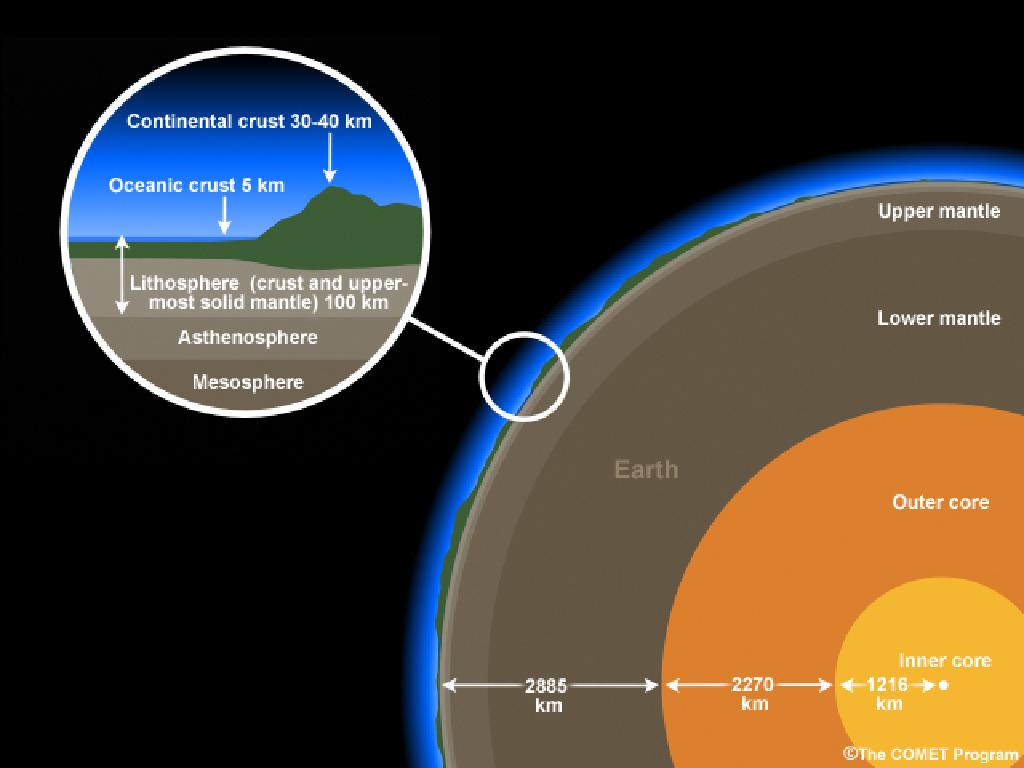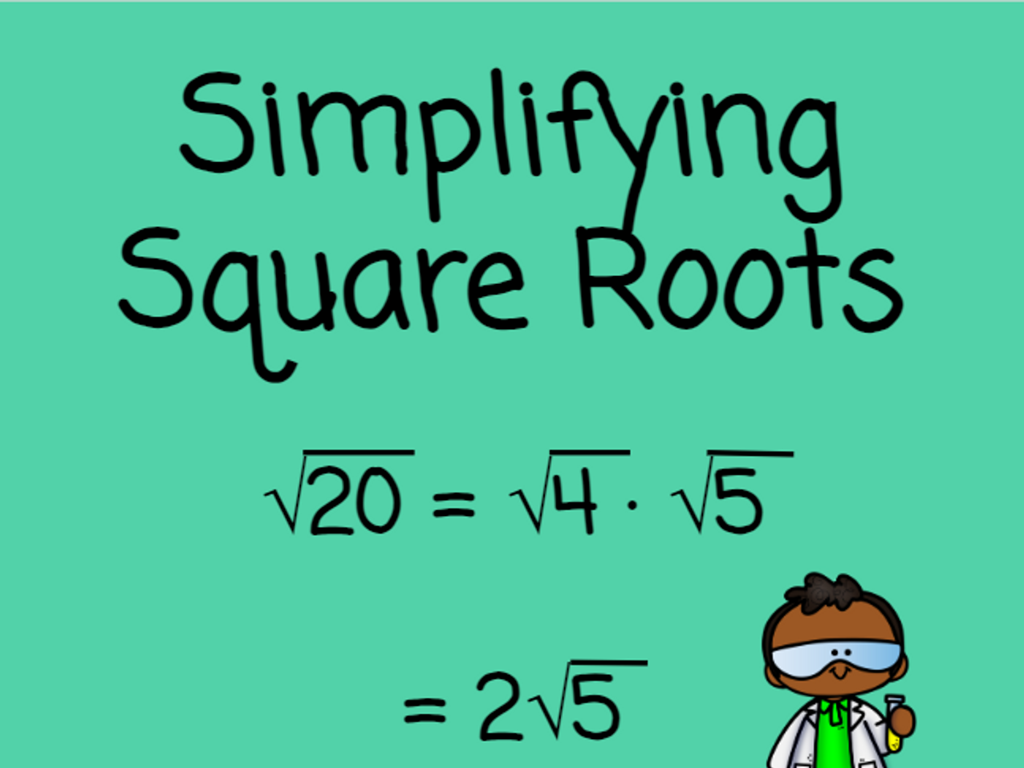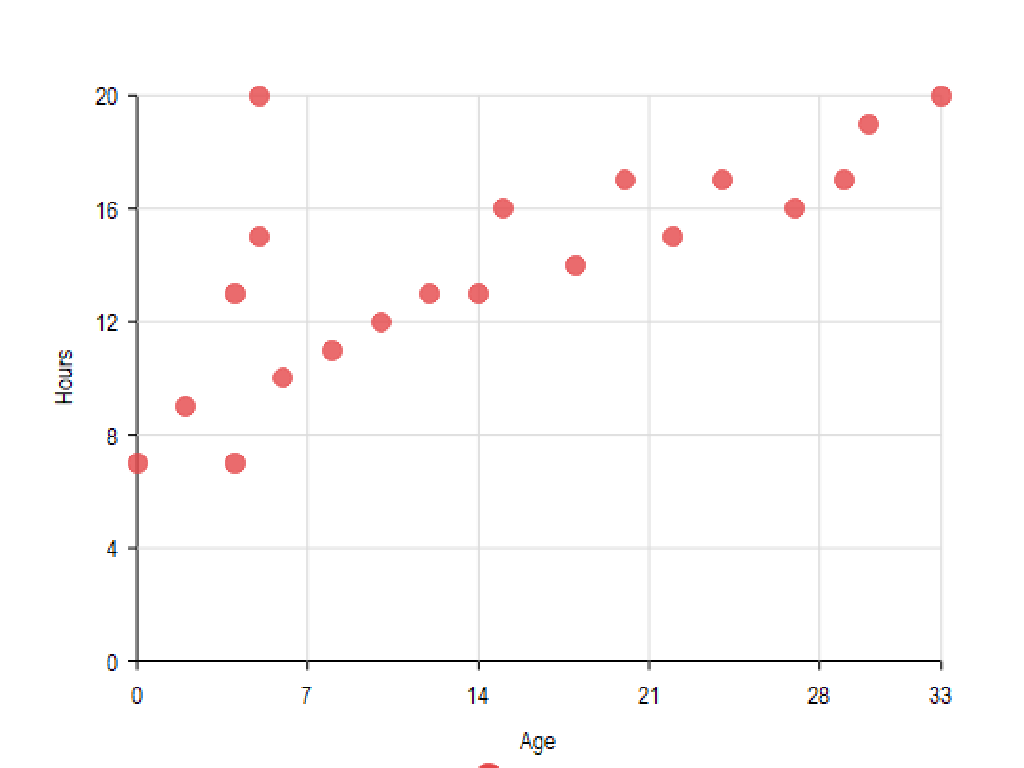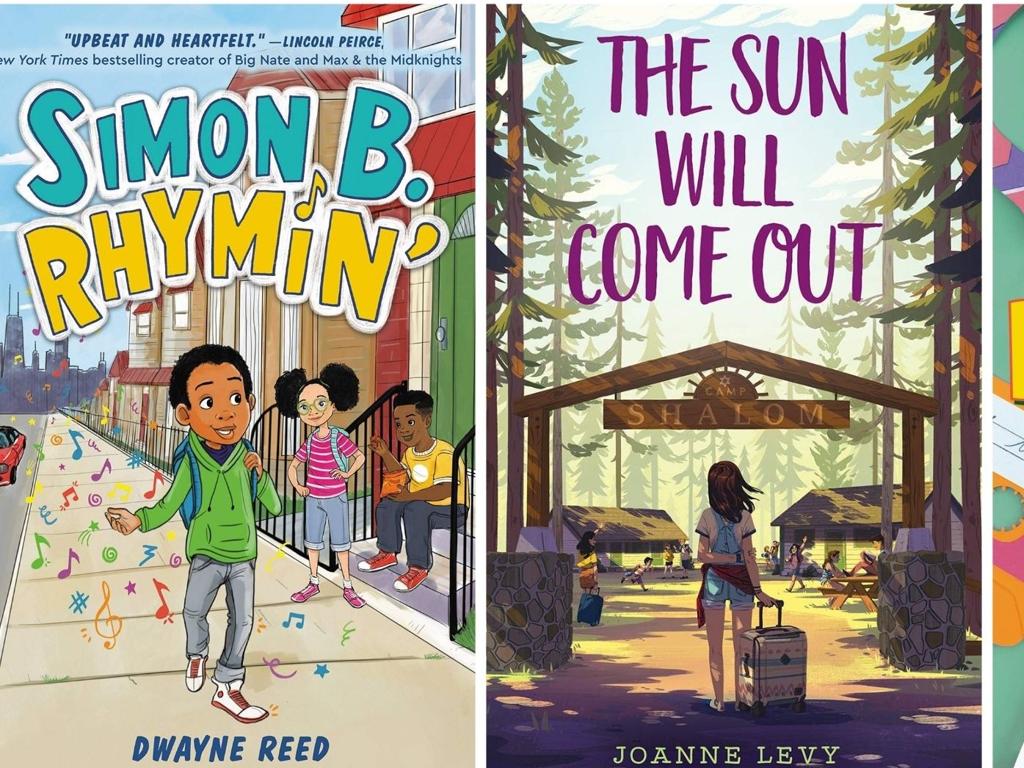Sort Objects By Texture
Subject: Science
Grade: Kindergarten
Topic: Materials
Please LOG IN to download the presentation. Access is available to registered users only.
View More Content
Exploring Materials and Textures
– Learn about different materials
– Feel how each material is unique
– Soft, rough, smooth, or hard? Let’s touch and find out!
– Understand what texture means
– Texture is how the surface of a material feels to touch
– Sort objects by their texture
– Use texture words to group things together
|
This slide introduces young learners to the concept of materials and textures. The goal is to help them recognize and describe the feel of different materials, such as soft cotton, rough sandpaper, smooth plastic, and hard wood. Encourage the children to touch various objects and express how they feel. Explain that texture is a way to describe the surface of something, which can be bumpy, smooth, sticky, or slippery. During the class, provide a range of materials for the children to explore and sort based on texture. This tactile experience will enhance their understanding of the physical world and develop their descriptive language skills.
Exploring Textures
– What is texture?
– Texture is the feel of a surface to our touch.
– Types of textures
– Smooth, rough, soft, hard are some types.
– Examples of textures
– Cotton is soft, sandpaper is rough.
– Touch and learn activity
|
This slide introduces the concept of texture to Kindergarten students. Begin by explaining that texture refers to how something feels when they touch it. Use tactile examples that are familiar to children, such as the smoothness of a glass window, the roughness of sandpaper, the softness of a cotton ball, and the hardness of a rock. Encourage the students to touch different objects and describe the textures they feel. For the activity, provide a variety of materials with distinct textures and ask the students to sort them based on their textures. This hands-on experience will help reinforce their understanding of the concept of texture.
Exploring Textures with Touch
– Use touch to explore textures
– Identify bumpy and slippery objects
– Like a bumpy rock or a slippery soap
– Find smooth or rough items at home
– Maybe a smooth table or a rough carpet
– Share your textured discoveries
|
This slide is designed to introduce Kindergarten students to the concept of texture as a property of materials. Encourage the students to use their sense of touch to explore different objects and describe how they feel. Provide examples of textures such as bumpy, slippery, smooth, and rough to help them understand. Ask them to find objects at home that match these textures and bring their ideas to class for discussion. This activity will help develop their descriptive language skills and their understanding of the sense of touch in exploring the world around them.
Sorting by Texture
– What is sorting?
– Sorting is making groups based on what’s alike.
– Today’s texture adventure
– We’ll explore and sort things by how they feel to touch.
– Grouping by feel: soft, rough, hard, smooth
– Soft like cotton, rough like sandpaper, hard like a rock, smooth like glass.
– Let’s sort and group objects!
|
This slide introduces the concept of sorting to Kindergarten students, focusing on the sense of touch and texture. Begin by explaining sorting as a way of organizing objects based on their similarities. Emphasize the tactile aspect of today’s lesson, encouraging students to use their hands to feel the textures. Provide examples of each texture category to help them understand the differences: soft could be a stuffed animal, rough might be a piece of bark, hard could be a block, and smooth might be a metal spoon. During the activity, guide the students to touch and sort various classroom objects into the four groups. This hands-on experience will help them grasp the concept of sorting and the various types of textures.
Activity Time: Texture Hunt!
– Let’s go on a texture hunt
– Find soft, rough, hard, smooth objects
– Look for a teddy bear for soft, sandpaper for rough, a block for hard, and a mirror for smooth
– Sort objects with your friends
– Discuss what makes each texture unique
– Why is a teddy bear soft but a block is hard?
|
This activity is designed to help Kindergarten students explore the concept of texture through a fun and interactive classroom hunt. Teachers should facilitate the activity by guiding students to find various objects around the classroom that fit the categories of soft, rough, hard, and smooth. Encourage students to work in small groups to foster teamwork and discussion. After collecting the items, each group should sort their findings and discuss the properties of each texture. Teachers can prompt discussion by asking questions like ‘Why do you think this object is rough?’ or ‘How does it feel when you touch something smooth?’ This will help students articulate their understanding of different textures. Prepare a designated area for each texture category for the sorting process. Possible activities for different students could include comparing textures of fabrics, sorting classroom supplies, or creating texture collages with found items.
Show and Tell: Exploring Textures
– Share found objects with class
– Explain your texture sorting
– Why is the object smooth, rough, soft, or hard?
– Display on ‘Texture Board’
– Discuss texture variety
– Observe how different objects feel
|
This slide is for a class activity where students will engage in a ‘Show and Tell’ to explore different textures. Each student will present the object they have found and explain why they sorted it into a particular texture category such as smooth, rough, soft, or hard. This activity helps students articulate their observations and reasoning. After sharing, the objects will be placed on the ‘Texture Board’, creating a visual and tactile display for the class to see and touch. Encourage students to discuss the variety of textures they see and feel. For the teacher: Prepare a ‘Texture Board’ where students can pin or tape their objects. Have additional texture examples ready for students who might not bring an object. Guide the discussion to ensure each student understands the concept of texture.
Review and Goodbye: Texture Hunt Success!
– Celebrate our texture hunt
– Sorting by texture mastered
– We can group things by how they feel
– Clap for our new knowledge
– Applaud for learning how to sort
– Excited for more discoveries
|
Today’s class was a success, and the students did a fantastic job on their texture hunt. They’ve learned to identify and sort objects based on how they feel, whether they’re rough, smooth, soft, or bumpy. This activity not only taught them about textures but also about categorizing and observing the world around them. As we wrap up, let’s give the children a moment to celebrate their achievements with a round of applause. This positive reinforcement will encourage them to continue exploring and learning about materials. In the next class, we’ll build on this knowledge and discover more about the senses.






